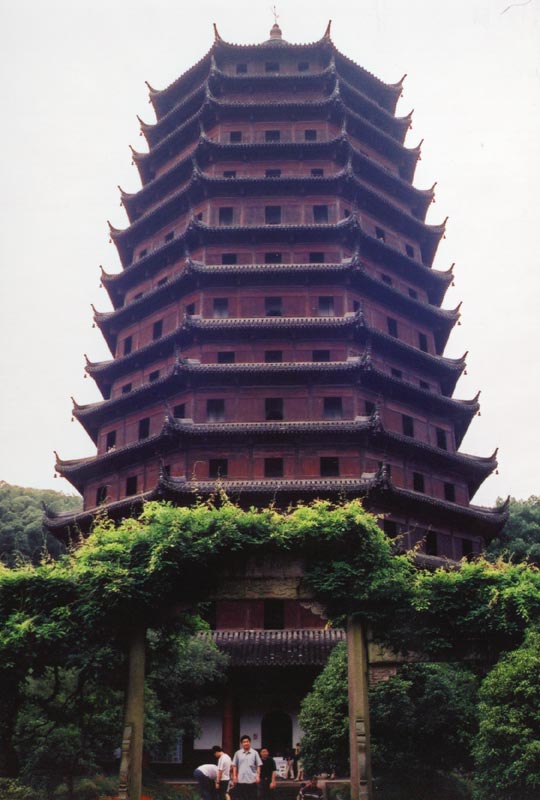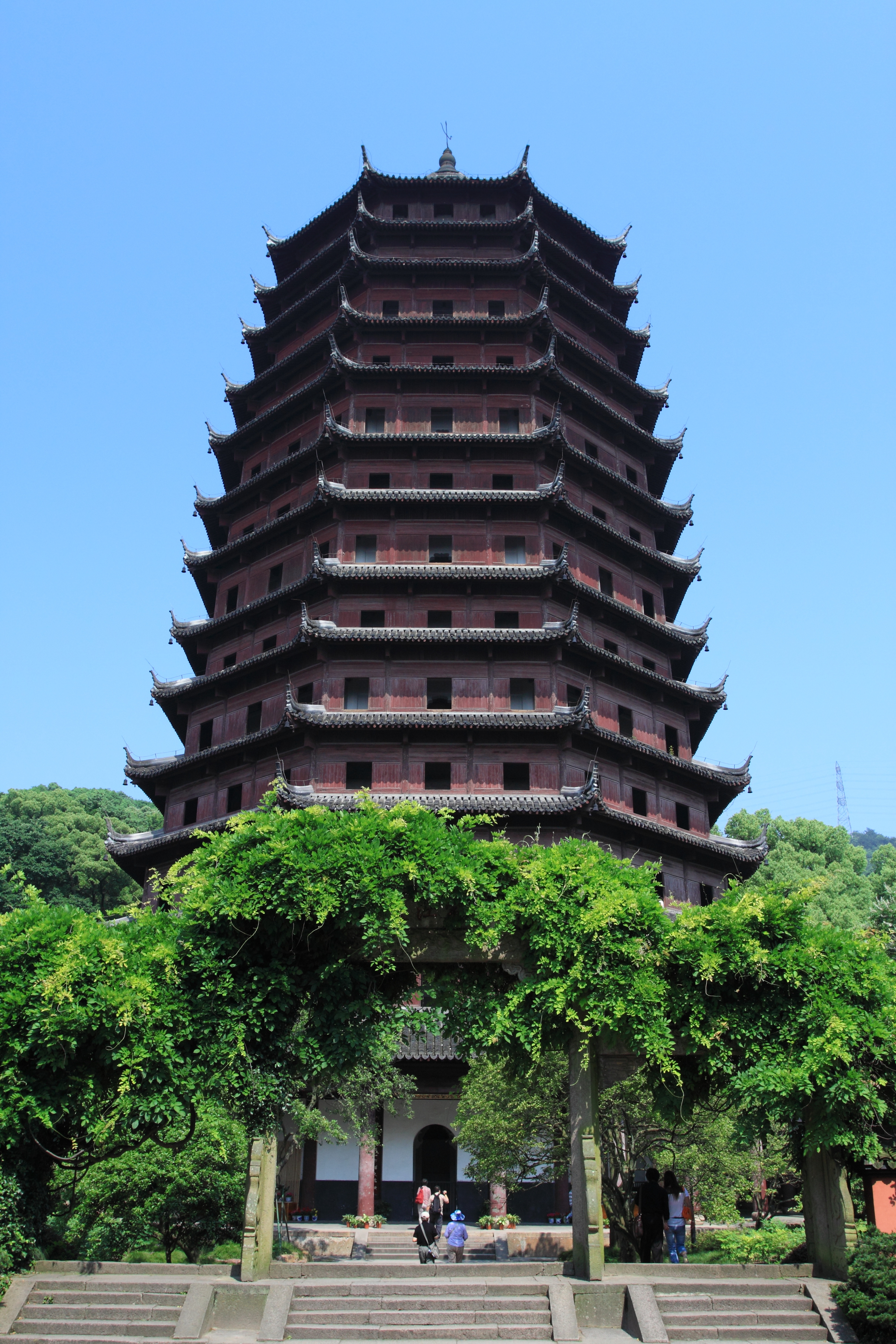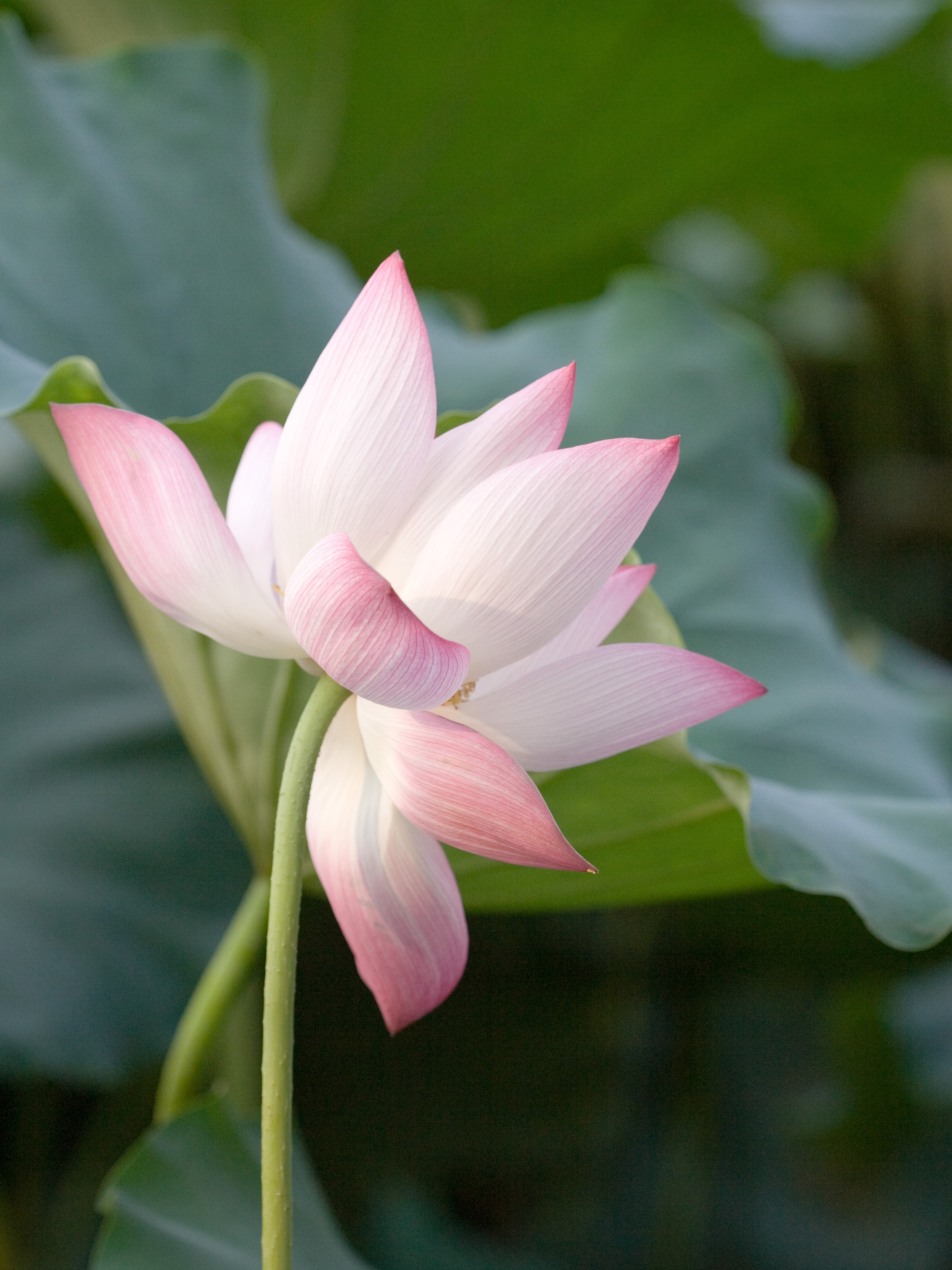|
Architecture Of The Song Dynasty
The architecture of the Song dynasty (960–1279) was noted for its towering Buddhist pagodas, enormous stone and wooden bridges, lavish tombs, and extravagant palaces. Although literary works on architecture existed beforehand, architectural writing blossomed during the Song dynasty, maturing into a more professional form that described dimensions and working materials in a concise, organized manner. In addition to the examples still standing, depictions in Song artwork, architectural drawings, and illustrations in published books all aid modern historians in understanding the architecture of the period. The professions of architect, master craftsman, carpenter, and structural engineer did not have the high status of the Confucian scholar-officials during the dynastic era. Architectural knowledge had been passed down orally for thousands of years, usually from craftsman fathers to their sons. There were also government agencies and schools for construction, building, and engine ... [...More Info...] [...Related Items...] OR: [Wikipedia] [Google] [Baidu] |
Liuhe Pagoda
Liuhe Pagoda (), literally Six Harmonies Pagoda, is a multi-story Chinese pagoda in southern Hangzhou, Zhejiang province, China. It is located at the foot of Yuelun Hill, facing the Qiantang River. It was originally constructed in 970 by the Wuyue Kingdom, destroyed in 1121, and reconstructed fully by 1165, during the Southern Song dynasty (1127–1279). History and background The pagoda was originally constructed by the ruler of the Wuyue Kingdom, whose capital was Hangzhou. The name ''Liuhe'' comes from the six Buddhist ordinances and it is said that the reason for building the pagoda was to calm the tidal bore of the Qiantang River and as a navigational aid. However, the pagoda was completely destroyed during warfare in the year 1121. After the current pagoda was constructed of wood and brick during the Southern Song dynasty, additional exterior eaves were added during the Ming (1368–1644) and Qing Dynasties (1644–1911). The pagoda is octagonal in shape and some in height ... [...More Info...] [...Related Items...] OR: [Wikipedia] [Google] [Baidu] |
Bianjing
Kaifeng () is a prefecture-level city in east-central Henan province, China. It is one of the Eight Ancient Capitals of China, having been the capital eight times in history, and is best known for having been the Chinese capital during the Northern Song dynasty. As of 31 December 2018, around 4,465,000 people lived in Kaifeng's Prefecture, of whom 1,652,000 lived in the built-up (or metro) area made of Xiangfu, Longting, Shunhe Hui, Gulou and Yuwantai Districts. Located along the Yellow River's southern bank, it borders the provincial capital of Zhengzhou to the west, Xinxiang to the northwest, Shangqiu to the east, Zhoukou to the southeast, Xuchang to the southwest, and Heze of Shandong to the northeast. Kaifeng is also a major city in the world by scientific research outputs as tracked by the Nature Index. The city is home to a campus of Henan University, one of the national key universities in the Double First Class University Plan. Names The postal romanization for the ci ... [...More Info...] [...Related Items...] OR: [Wikipedia] [Google] [Baidu] |
Balustrade
A baluster is an upright support, often a vertical moulded shaft, square, or lathe-turned form found in stairways, parapets, and other architectural features. In furniture construction it is known as a spindle. Common materials used in its construction are wood, stone, and less frequently metal and ceramic. A group of balusters supporting a handrail, coping, or ornamental detail are known as a balustrade. The term baluster shaft is used to describe forms such as a candlestick, upright furniture support, and the stem of a brass chandelier. The term banister (also bannister) refers to a baluster or to the system of balusters and handrail of a stairway. It may be used to include its supporting structures, such as a supporting newel post. Etymology According to the ''Oxford English Dictionary'', "baluster" is derived through the french: balustre, from it, balaustro, from ''balaustra'', "pomegranate flower" rom a resemblance to the swelling form of the half-open flower (''illus ... [...More Info...] [...Related Items...] OR: [Wikipedia] [Google] [Baidu] |
Nelumbo Nucifera
''Nelumbo nucifera'', also known as sacred lotus, Laxmi lotus, Indian lotus, or simply lotus, is one of two extant species of aquatic plant in the family Nelumbonaceae. It is sometimes colloquially called a water lily, though this more often refers to members of the family Nymphaeaceae. Lotus plants are adapted to grow in the flood plains of slow-moving rivers and delta areas. Stands of lotus drop hundreds of thousands of seeds every year to the bottom of the pond. While some sprout immediately, and most are eaten by wildlife, the remaining seeds can remain dormant for an extensive period of time as the pond silts in and dries out. During flood conditions, sediments containing these seeds are broken open, and the dormant seeds rehydrate and begin a new lotus colony. Under favorable circumstances, the seeds of this aquatic perennial may remain viable for many years, with the oldest recorded lotus germination being from seeds 1,300 years old recovered from a dry lakebed in n ... [...More Info...] [...Related Items...] OR: [Wikipedia] [Google] [Baidu] |



